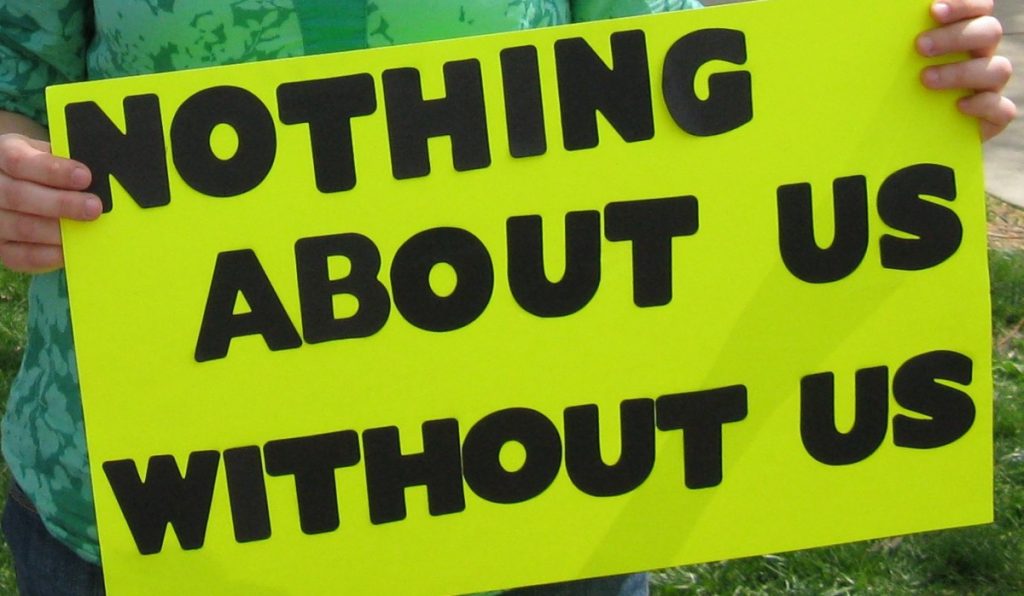As a country and a company we are confronting the painful realities of institutional racism, disinvestment in Black communities, disenfranchisement, discrimination, and injustice. Our work with Environmental Justice communities has taught us the roles that planning, environmental policy, and advocacy play in oppression. We haven’t done enough individually, as a company, or as a country to fight against the injustice that we haven’t been directly impacted by, as white people in positions of privilege. That is now over.
We commit to raising up the voices of our client communities and supporting communities that could benefit from our technical expertise. We plan to do more pro bono projects and highlight work that communities are doing that we should be learning from.
Projects that impact the public and environment must include meaningful involvement of all people to identify environmental issues, and the development, implementation, and enforcement of environmental policies, regulations, and laws (EPA Model for Public Involvement). However, communities most impacted by development are often not involved in the decision making. COVID-19 has further impeded the ability to conduct inclusive public participation.
There is an opportunity in digital public education and outreach. Engagement activities can be proactive, engaging, and inclusive of a wide variety of stakeholders. Zoom, Webex, Facebook, YouTube and other video-conferencing technology can provide an appropriate forum for public meetings with added flexibility with scheduling and recording.
Tips for Public Outreach in the Digital Age
Adequate public notice.
The public meeting notices should be texted, emailed, posted, and announced in advance with a clear description of the process and topics to be discussed. Public notices should state the conference call access or web-meeting access information. Dial-in information should be provided to individuals without computer access or mobile device. Not everyone has access to the internet or a mobile device, plan for this and provide multiple participation tools.
Ensure access.
Public notice should also identify the websites on which plans are posted, contact information for the meeting organizers, and all available means of achieving public access to all documents and the meeting itself. The notice should state that individuals lacking the resources or know-how for technological access can received assistance in accessing the plans and the meeting.
Plan for public comment and input.
Meeting organizers should facilitate public comment and other opportunities for input during digital meetings. At the beginning of a digital public meeting, the meeting facilitator should announce opportunities for public comment during the meeting and set the parameters. For example, detailing how individuals will be able to provide input, what part of the agenda it is in, the time limits or length of comments permitted, and how comments will be recorded in the public record and addressed in the planning process.
Document meeting proceedings for the public record.
It is important to document meeting minutes for both participants and those unable to participate in the meeting but impacted by or interested in the meeting content. This may include recording a video of the meeting as well as supplementing it with the written script and/or meeting notes and making these recordings easily available online.



